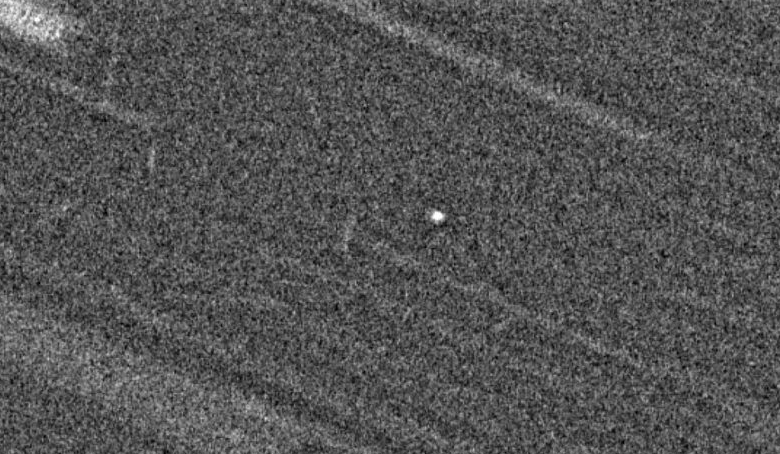With 79 known moons, Jupiter could pass for a planetary system all on its own, but now a new study from scientists in Canada say that the gas giant could be hiding more moons in its orbit and suggest that as many as 600 Jovian moons are lurking unseen, waiting to be discovered.
Jupiter’s most famous moons are the four Galilean moons that were independently discovered by their namesake Galileo Galilei in 1610; namely, Europa, Ganymede, Io and Callisto.
These moons stand out due to their huge size; all four are over 3,100 kilometres (1,900 mi) in diameter and Ganymede, the largest Galilean, is the ninth largest object in the Solar System.
Most of the moons of Jupiter though are not so massive and about 60 of the satellites only span around 10 kilometres (6.2 miles) in diameter.
Except for a particularly dry spell of discoveries for two decades after the Voyager space probes flew by in 1979, new Jovian moons are being discovered all of the time. 34 were found between October 1999 and February 2003 by researchers using sensitive ground-based detectors and last discovered moon, an oddball world named Valetudo, was found in 2018 by a team of scientists led by Scott Sheppard from the Carnegie Institution for Science.
This glut of 79 moons could one day be bumped up to 124 after a different team of scientists, this time led by graduate student Edward Ashton at the University of British Columbia, identified 45 candidate moons after trawling through 60 archival images taken in 2010 by the Canada-France-Hawaii Telescope located near the summit of Mauna Kea in Hawaii.
These candidates are mainly small with diameters around 800 metres (0.50 miles) and nearly all are likely to be irregular say the team. Irregular moons are thought to have once orbited the Sun, but were then captured by a giant planet early on in the Solar System’s history.
The moons are also very faint and have magnitudes down to 25.7. Apparent magnitudes are a measure of the brightness of a star or other astronomical object observed from Earth and because the magnitude scale is reverse logarithmic, the brighter an object is the lower its magnitude.
For comparison, the full moon when seen from Earth at perihelion has an apparent magnitude of -12.90, whereas Pluto for example, has an apparent magnitude of +13.65.
The newly detected moons also appear to be in retrograde with Jupiter, meaning they orbit the gas giant “backwards” with respect to the planet’s rotation.
Ashton and colleagues originally found 52 objects but seven turned out to be linked to known jovian moons and already known about, but say the team, this could be a drop in the ocean compared with the true figure.
This is because only one square degree of space around Jupiter was observed. By extrapolating the data to include the rest of the region around the planet, the researchers estimate that Jupiter could have as many as 600 moons in total.
First things first though; these 45 candidates are just that, candidates. As the orbits of these objects have not yet been precisely determined, they are not officially confirmed as moons.
And it remains to be seen whether a search will begin for the 600 proposed moons or “moonlets” as they are sometimes called gets the go-ahead or not.
The International Astronomical Union does not consider any rocky object smaller than one kilometre to be a moon, and searching for objects where the orbits have not yet been precisely determined is very time consuming.
Observing time at a telescope is very sought after and it will depend on how scientifically valuable the research is deemed as to whether further investigations into these candidates and the larger number of proposed moons is carried out.
Confirmations may have to wait until telescopes such as the Vera C. Rubin Observatory come on line.
Aside from helping to search for dark matter by mapping galaxies through time and space, the Rubin Observatory also aims to catalog 90 percent of the near-Earth objects larger than 300 metres, when its photographs the entire available sky every few nights.
These findings will soon be published in The Planetary Science Journal and are available on the pre-print arXiv database.











